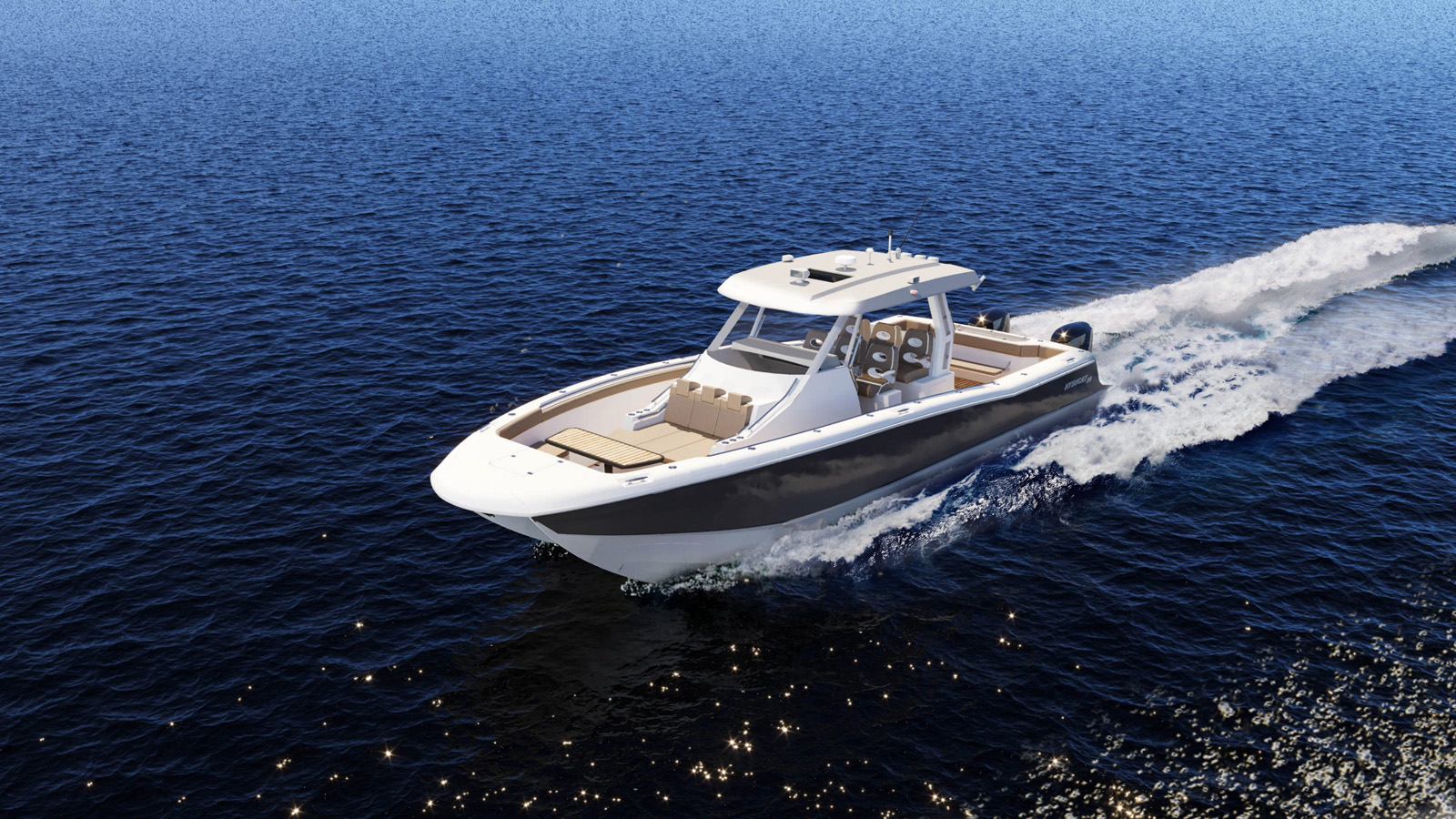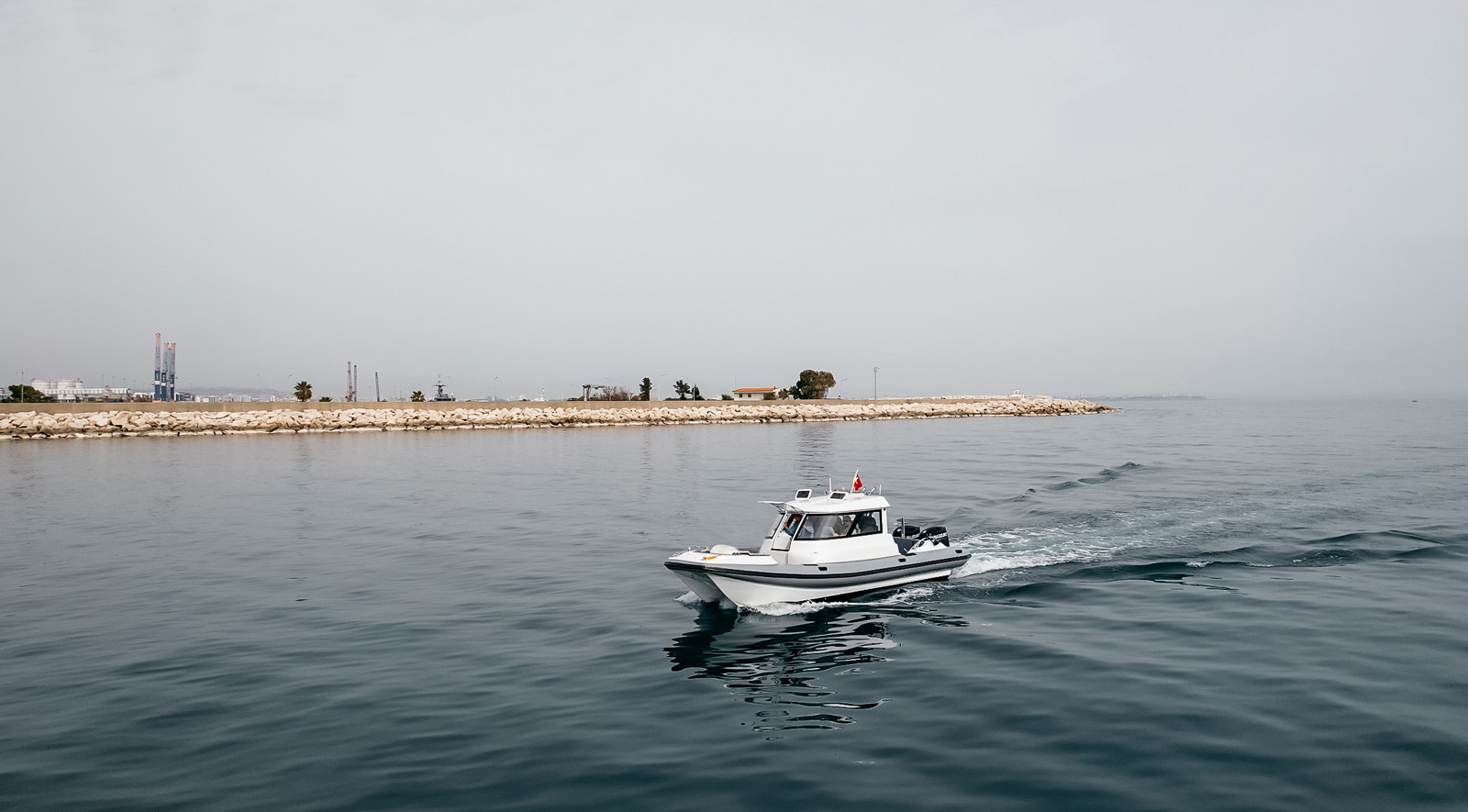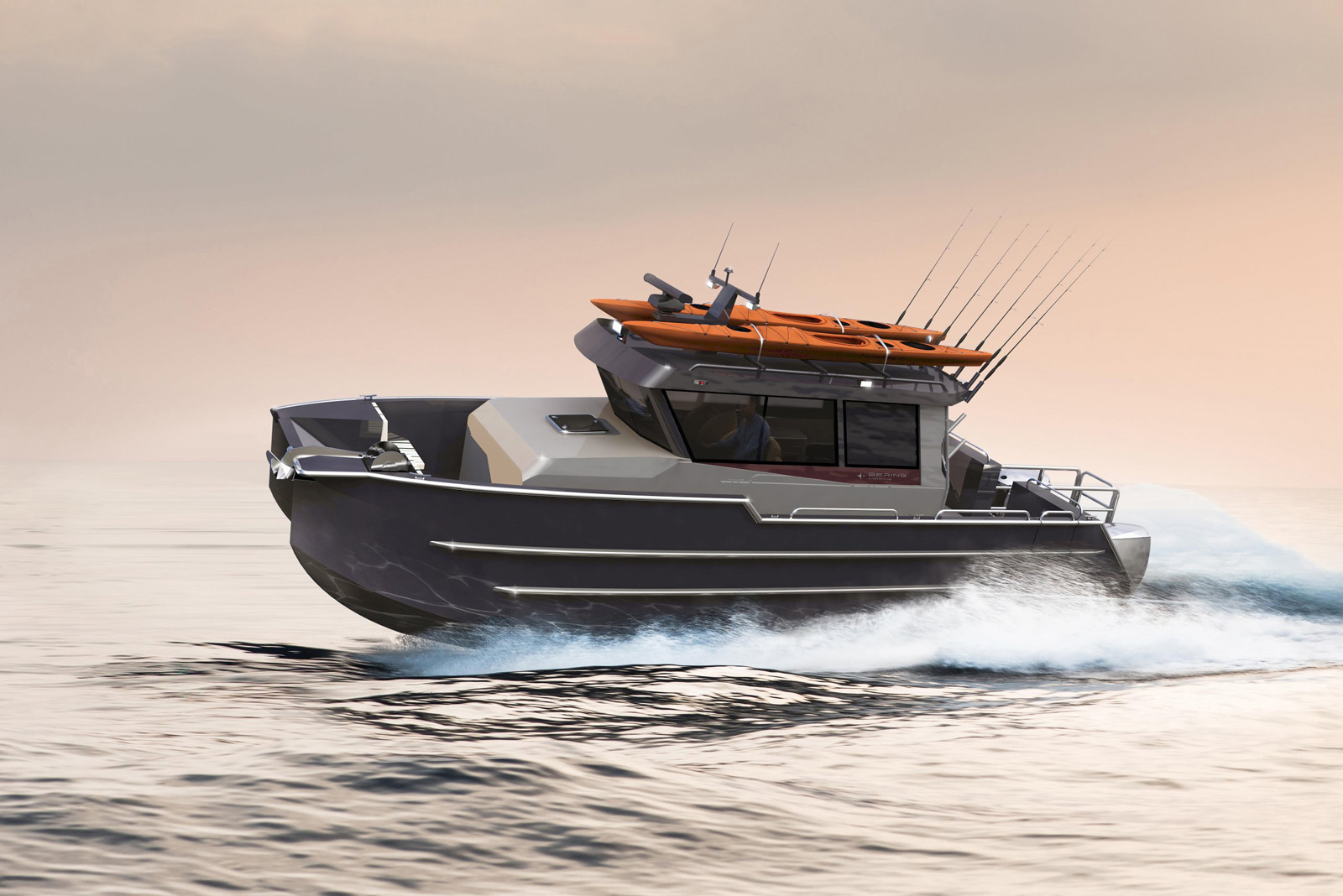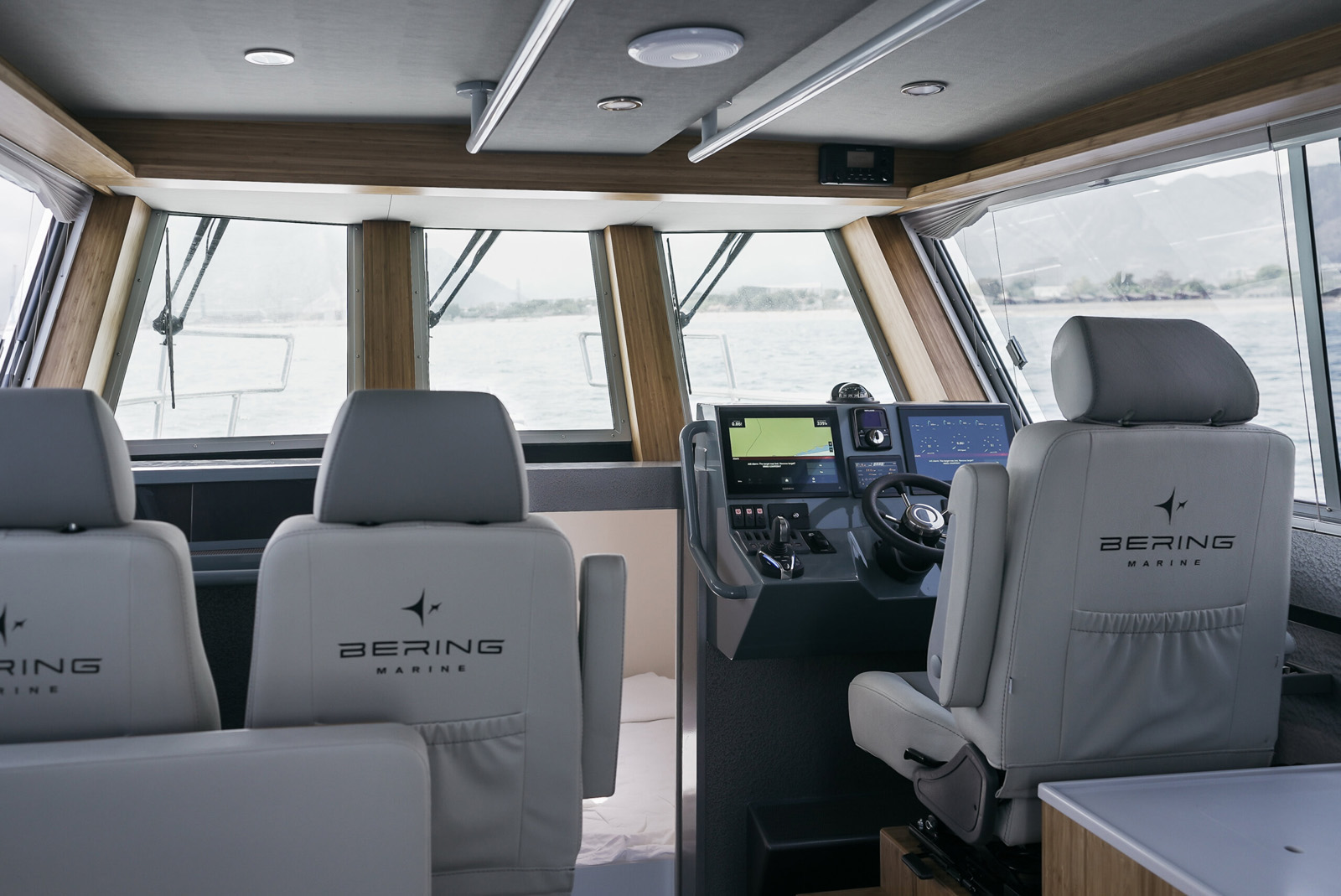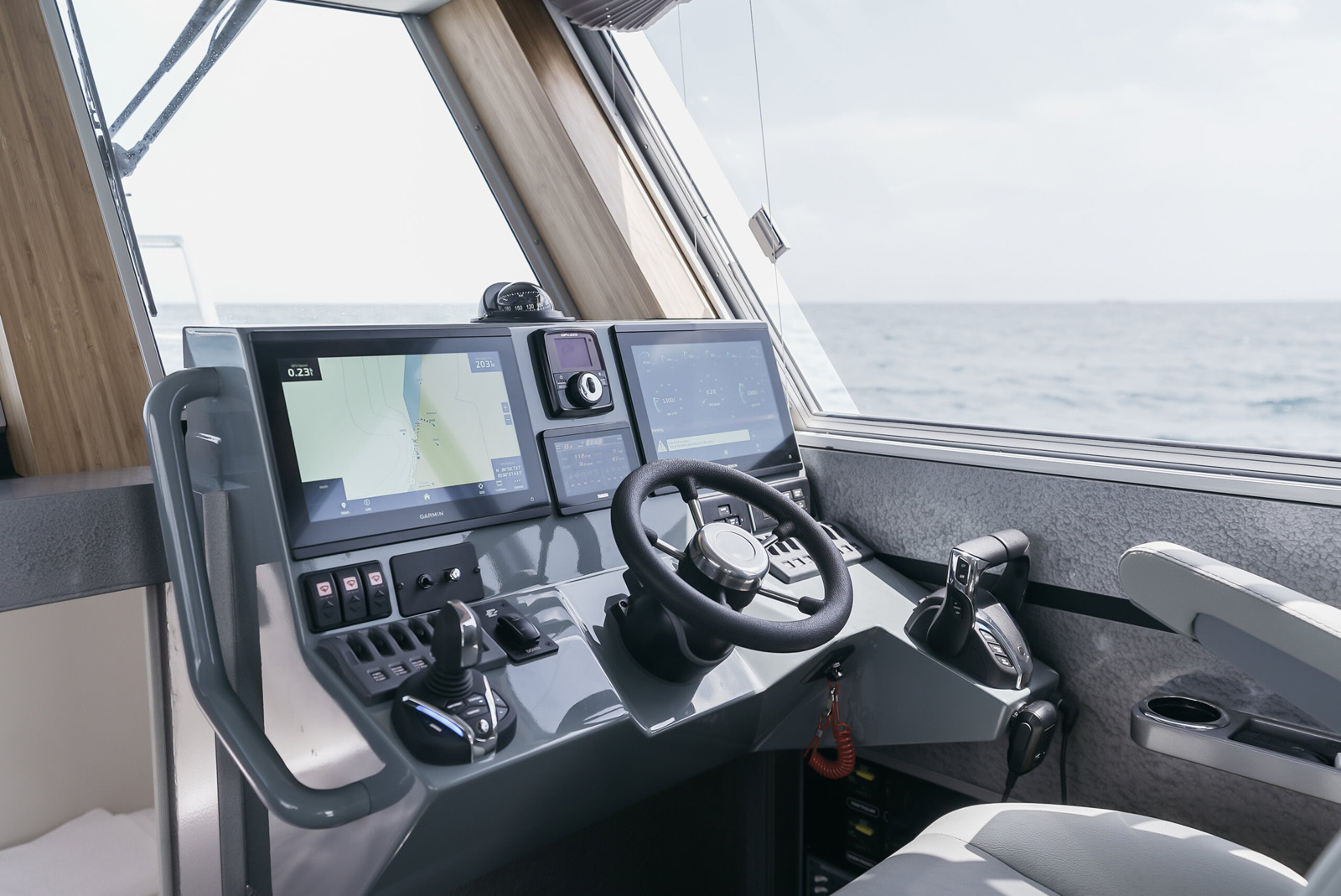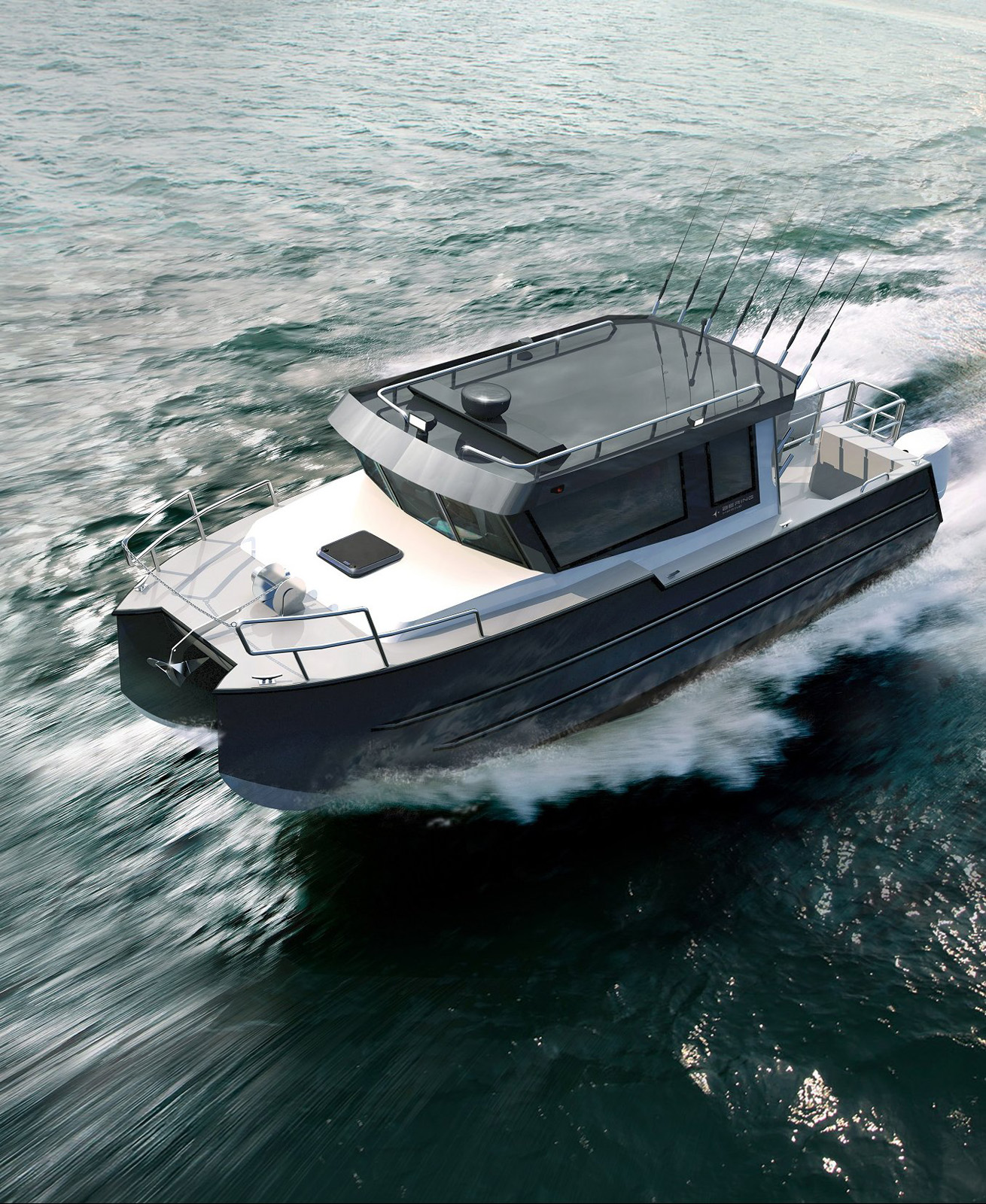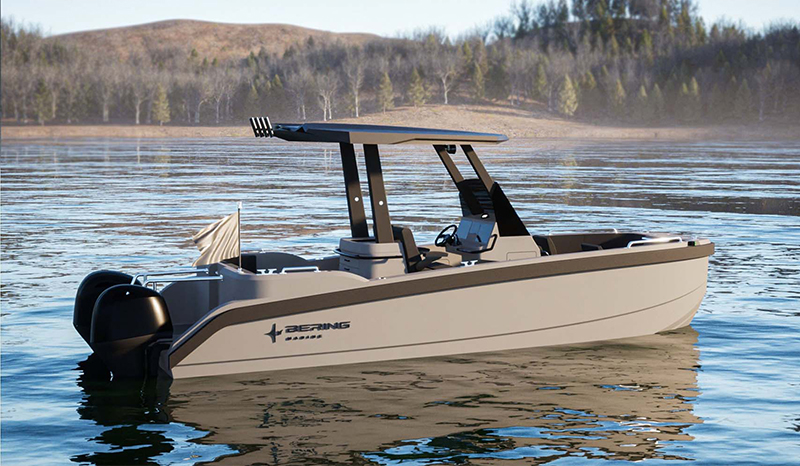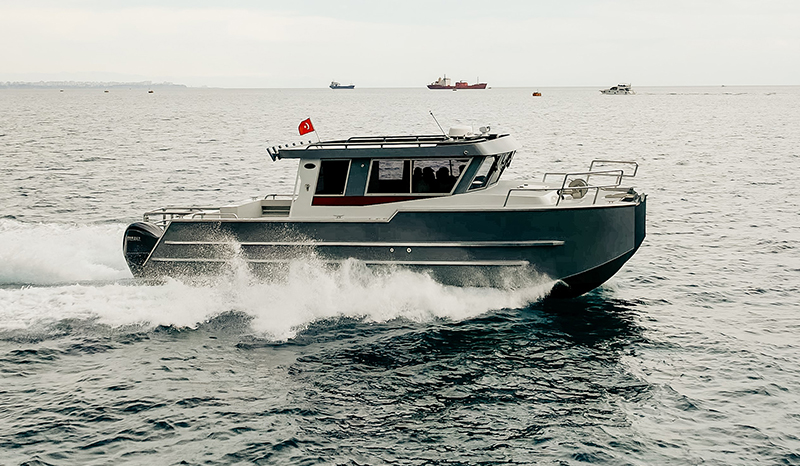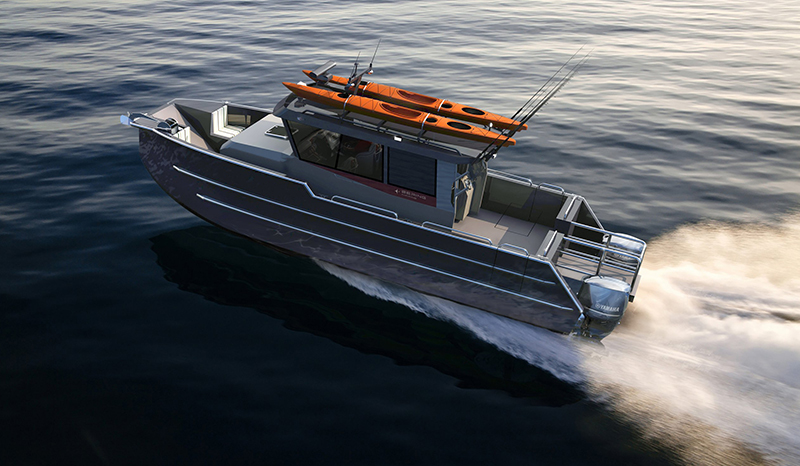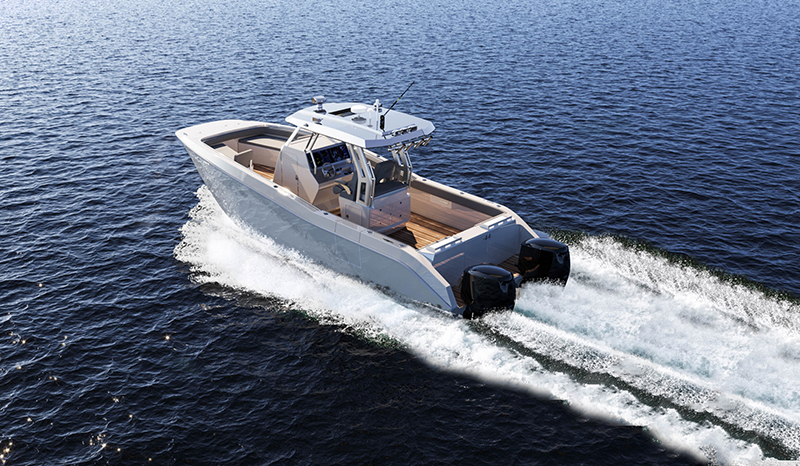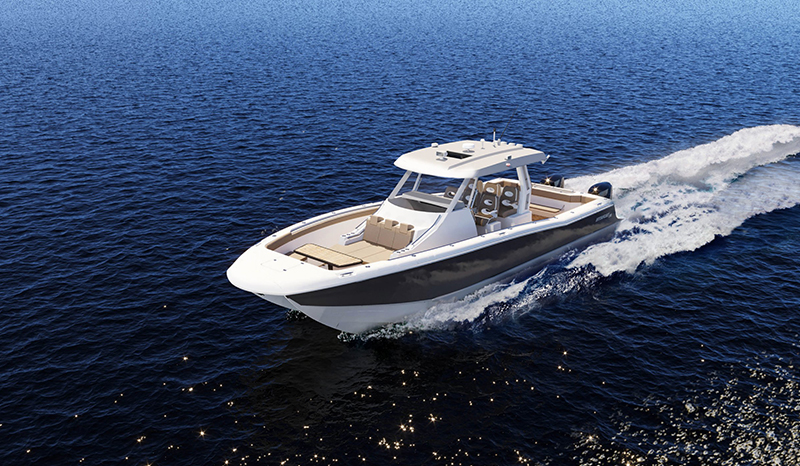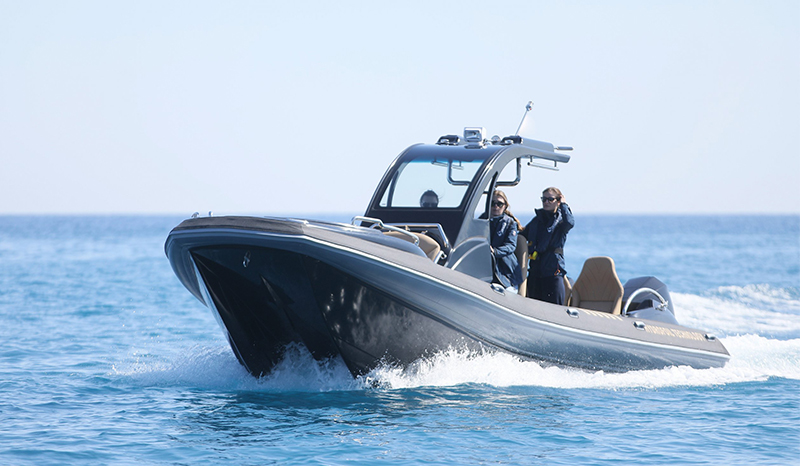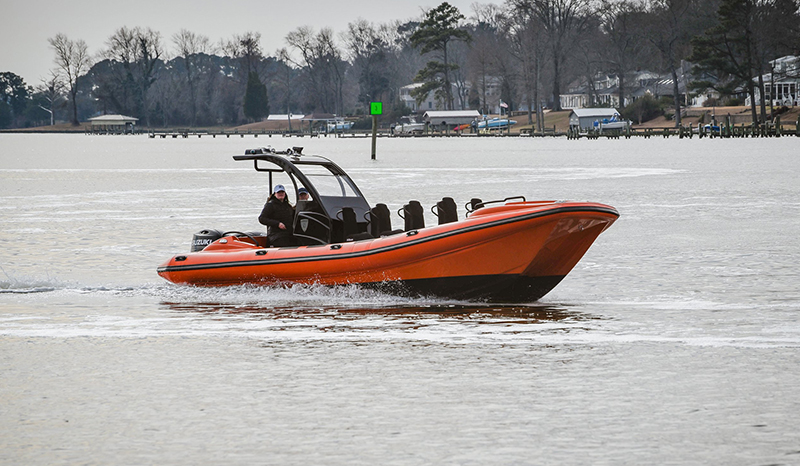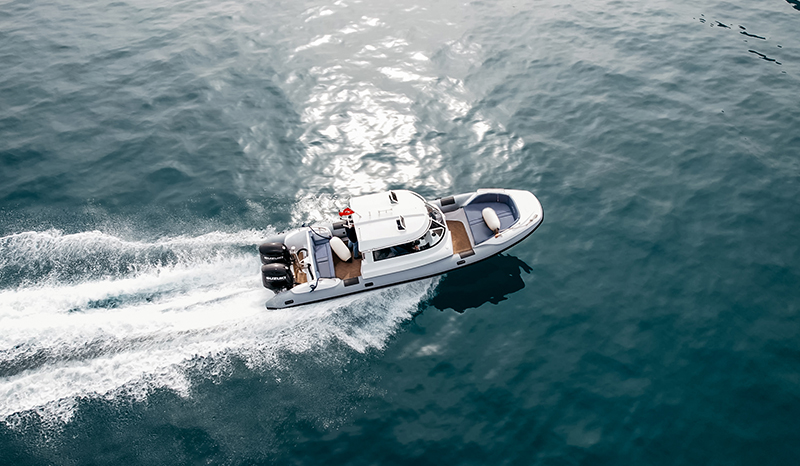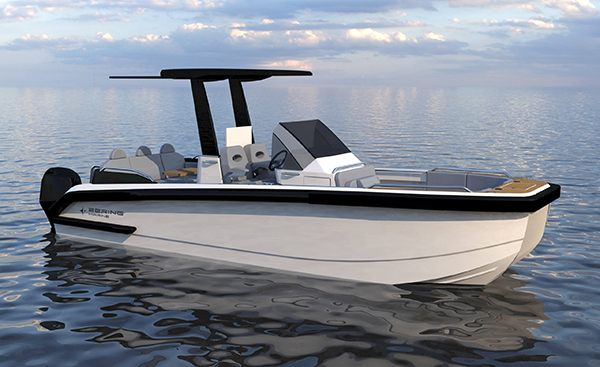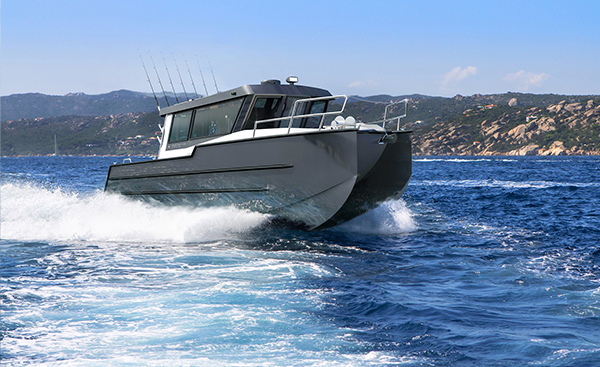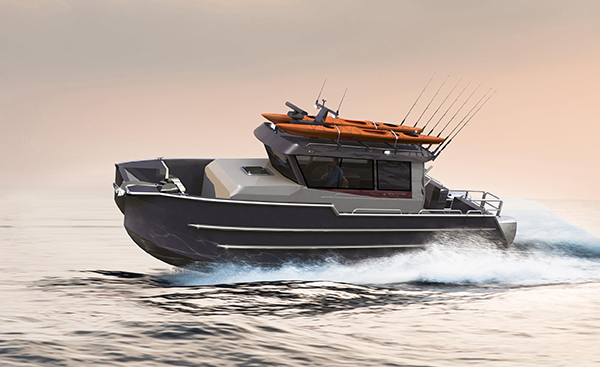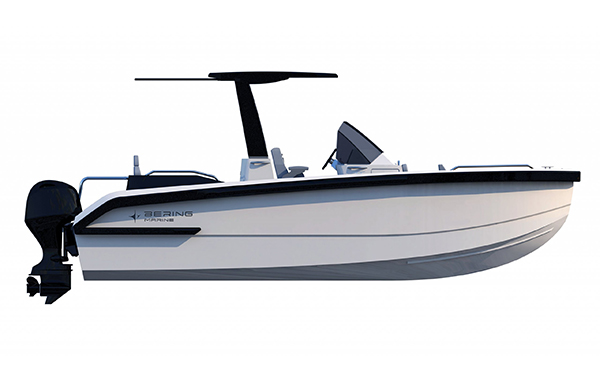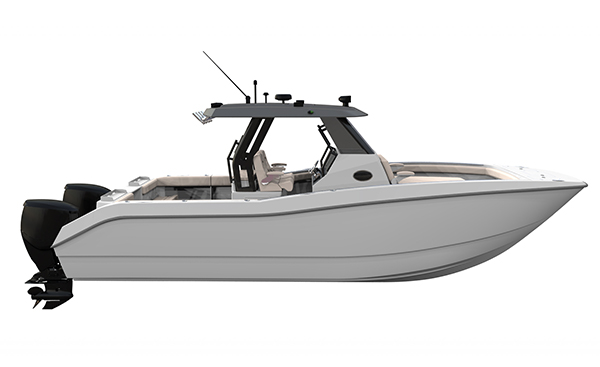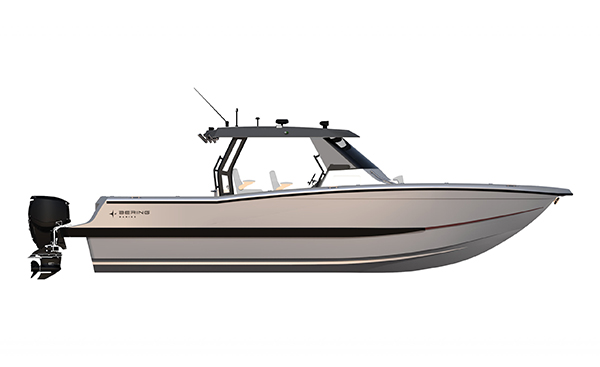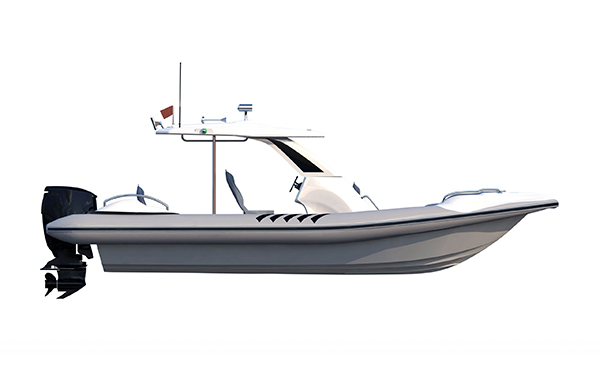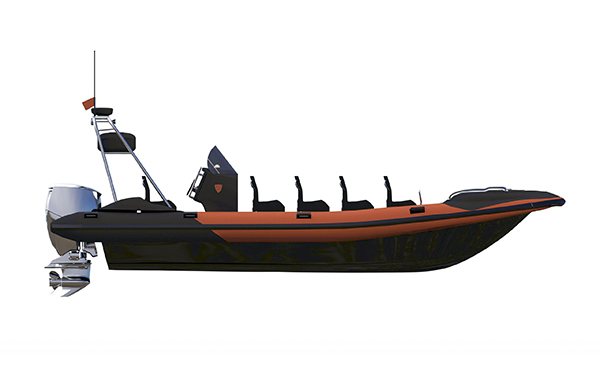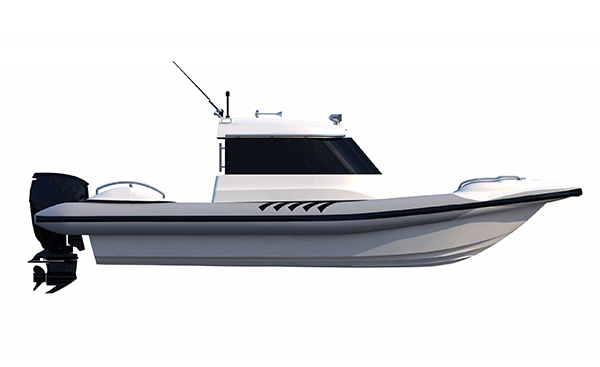Why drive a boat when you can fly?
Experience unparalleled comfort, speed, and efficiency.
Scroll for more
Why Choose a Hydrofoil Boat
Less hull drag
Reduce engine wear and extend engine life with higher speeds at lower RPMs
Greater fuel efficiency
Save 30-50% on fuel due to reduced drag and a smoother ride
Quieter ride
Save your voice with little to no water noise while riding
Feel a smoother ride
Enjoy more cushion in rough water with aggressive hull lift
Maneuverability with no overspray
Stay dry and and turn easier with minimal wake
Aluminum Boats
Aluminum boats are all about luxury and quality. They’re built to last, designed with elegance, and perform exceptionally well on the water. When you own an aluminum boat, you’ll enjoy a comfortable and lavish ride, perfect for activities like leisurely cruising, exploring beautiful waters, or indulging in premium waterfront experiences.
Experience Hydrofoil Technology
Our unique foil assist technology provides an optimal self-correcting dynamic. The foils carry between 40% to 75% of the vessel’s displacement. This reduces the hulls’ volume which greatly decreases drag and improves seakeeping.
- Produces dynamic forces that partly lift the catamaran out of the water. Reduced friction allows the boat to reach higher maximal speeds.
- Improves fuel efficiency while gliding on top of the water.
- Ensures a strong absorption of vertical and pitch movements. This guarantees constant and gentle sliding and dipping in the waves. The hull remains stable during the entire voyage and shows no signs of hard impact. Longer distances, even in rough waters, can be traveled without any major physical fatigue symptoms.
- Allows the boat to run with smaller engines than an equivalent-sized monohull. This decreases the cost of the vessel and improves fuel consumption.
Experience Hydrofoil Technology
Our unique foil assist technology provides an optimal self-correcting dynamic. The foils carry between 40% to 75% of the vessel’s displacement. This reduces the hulls’ volume which greatly decreases drag and improves seakeeping.
- Produces dynamic forces that partly lift the catamaran out of the water. Reduced friction allows the boat to reach higher maximal speeds.
- Improves fuel efficiency while gliding on top of the water.
- Ensures a strong absorption of vertical and pitch movements. This guarantees constant and gentle sliding and dipping in the waves. The hull remains stable during the entire voyage and shows no signs of hard impact. Longer distances, even in rough waters, can be traveled without any major physical fatigue symptoms.
- Allows the boat to run with smaller engines than an equivalent-sized monohull. This decreases the cost of the vessel and improves fuel consumption.
Fiberglass Boats
Fiberglass boats promise an exceptional boating experience. Known for their durability, sleek design, and outstanding on-water performance, these boats ensure a smooth, enjoyable ride for various activities, from fishing to cruising or water sports. Investing in a fiberglass boat means embarking on numerous unforgettable adventures on the water.

Our History of Hydrofoil
1990s
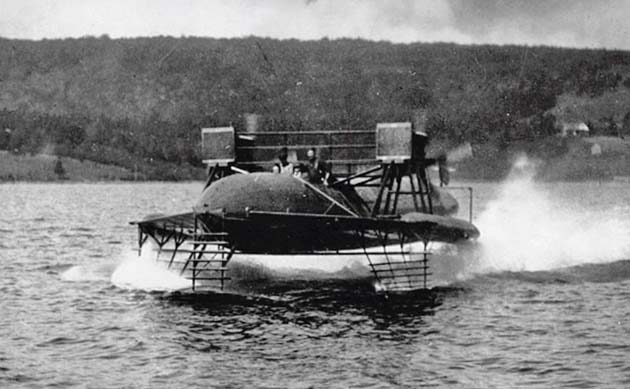
Early Prototypes: Demonstrating the Potential
By the mid-1990s, the first HYSUCAT prototypes were constructed and tested, successfully showcasing the technology’s benefits. These experimental boats displayed reduced drag, increased speed, and enhanced fuel efficiency compared to conventional catamarans and hydrofoils, which caught the attention of the marine industry.
2000
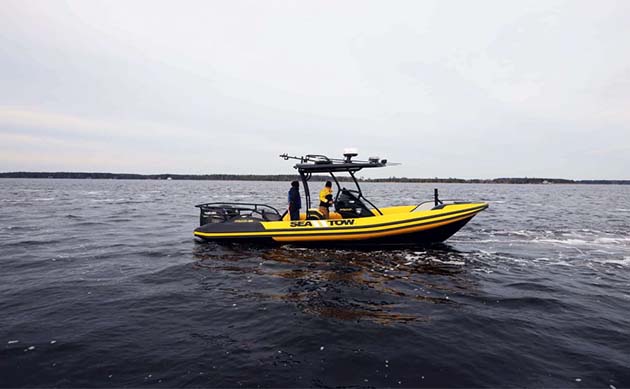
Commercialization and Widespread Adoption
In the late 1990s and early 2000s, HYSUCAT technology was further polished and commercialized. A variety of marine sectors, including passenger ferries, search and rescue boats, military vessels, and recreational watercraft, began adopting the HYSUCAT design. This allowed these ships to achieve higher speeds, lower fuel consumption, and increased stability across diverse sea conditions.
2000-2010
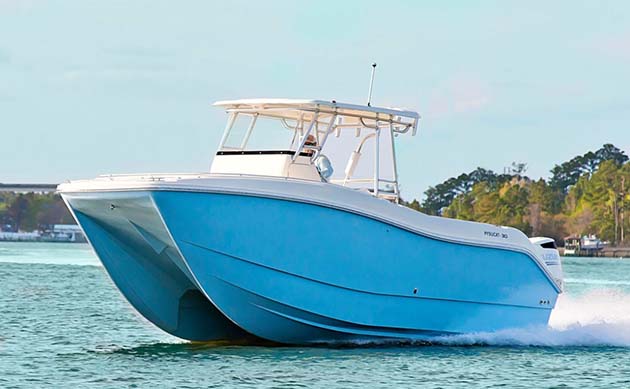
Ongoing Innovation and Advancements
Over the years, HYSUCAT technology has experienced continuous progress, incorporating new materials, construction methods, and propulsion systems into its design. This integration has led to even greater improvements in performance, efficiency, and environmental sustainability.
2017
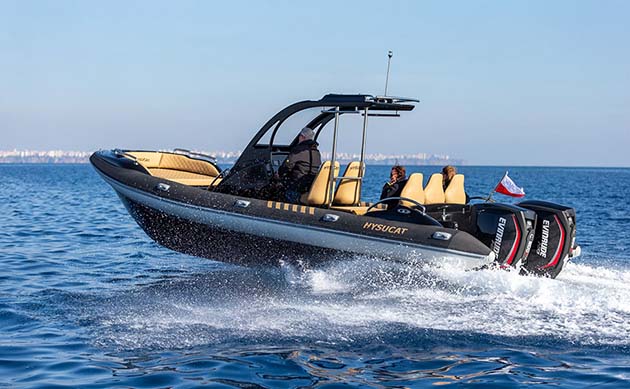
The Bering Group Acquisition and Bering Marine
In May 2017, the Bering Group acquired the HYSUCAT technology, maintaining its original name. The company then updated and redeveloped the initial vessels. By 2023, the company rebranded itself as Bering Marine, reaching a new milestone by introducing an aluminum range and new layout variations of the original models. To date, there are over 60 Bering Marine vessels in use worldwide.
Ribbed Boats
Ribbed hydrofoil boats offer a remarkable boating experience. Featuring a rugged hull, inflatable tubes for stability, and innovative hydrofoil technology, these boats provide smoother, faster, and more fuel-efficient journeys on the water, guaranteeing memorable adventures for boat owners.
See Hydrofoil in Action
One engine, on plane, doing 33mph… Witness the power of hydrofoil technology.
Watch our latest Demo Day
Watch as Greg King from the Freedom Fishing Youtube channel joins us for a demo day in Melbourne, FL.
Contact us
Experience the Next Level of Boat Technology
